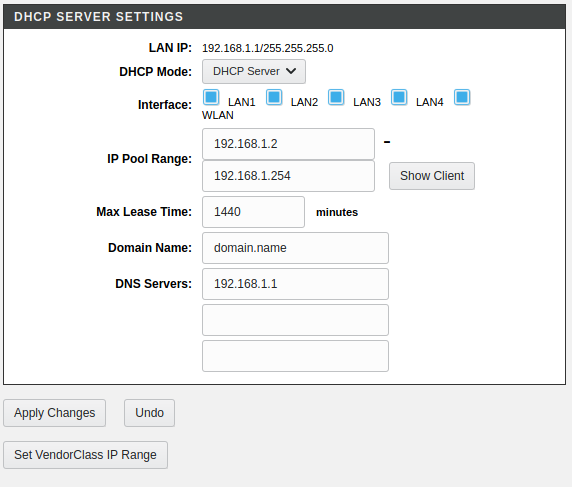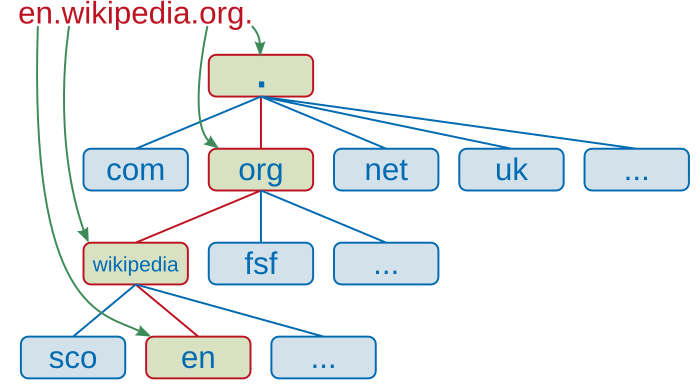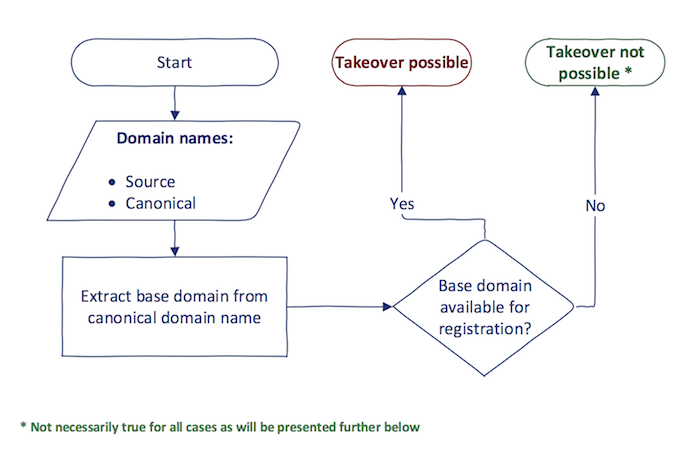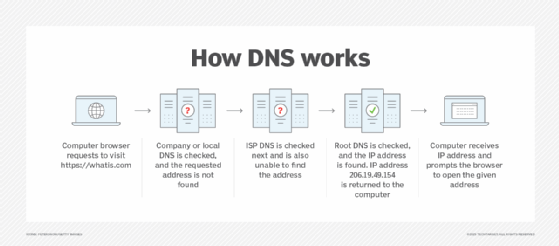Domain Name Hijacking Explained
Domain Name Server DNS hijacking also named DNS redirection is a type of DNS attack in which DNS queries are incorrectly resolved in order to unexpectedly redirect users to malicious sites. When a company falls.
 Managing Domain Name Registrations Icdsoft
Managing Domain Name Registrations Icdsoft
The first-level set of domain names are the top-level domains TLDs including the generic top-level domains gTLDs such as the prominent domains com info net edu and org and the country code top-level domains ccTLDs.

Domain name hijacking explained. A domain hijacking is a security risk many organizations overlook when they develop security policy and business continuity plans. Domain name hijacking broadly refers to acts where a registered domain name is misused or stolen from the rightful name holder. Domain Hijacking Explained To recover from the attack it is firstly important for you to understand the process of domain hijacking.
Domain hijacking or domain theft is the act of changing the registration of a domain name without the permission of its original registrant or by abuse of privileges on domain hosting and registrar software systems. This can happen if you lose your registrar password or are a victim of a social engineering attack. Over at CircleID last week Brett Lewis of Lewis Hand LLP defined Domain Name Hijacking while educating domain name owners about how it can be avoided.
Domain hijacking is also known as domain theft. To perform the attack perpetrators either install malware on user computers take over routers or intercept or hack DNS communication. Domain hijacking is a process by which Internet Domain Names are stolen from their legitimate owners.
In addition to social engineering or unauthorized access to the domain owners account the exploitation of neglected DNS records configured for cloud services is increasingly common. In the same way that a GPS needs a street address or a zipcode to provide directions a web browser needs a domain name to direct you to a website. Domains Explained for Beginners.
Domain names are organized in subordinate levels subdomains of the DNS root domain which is nameless. Case Studies of Domain Hijacking. Domain Hijacking is a well-known security issue that can be carried in many different ways.
Domain hijacking is another way to say your domain name has been stolen. Reverse domain name hijacking is a legal remedy to counter the practice of domain squatting wherein individuals hold many registered domain names containing famous third party trademarks with the intent of profiting by selling the domain names back to trademark owners. A domain name is essentially your websites equivalent of a physical address.
Guilmette has dubbed the entity Spammy Bear because the hijacked domains tend to use IP addresses from Russia-based hosting provider regru. By hijacking a domain hackers can effectively weaponize a companys online presence. In order to learn how to hijack domain names we must first understand how domain names operate and how they become associated with a particular web server website.
Domain Name Hijacking is the terminology commonly used to describe the wrongful taking of a domain name from its rightful owner by deception or fraud. Also it is most important for you to know that hacker doesnt need any access to your web server in order to get your domain. Becoming a founder with OnPassive has many advantagesRed Redfern explains having your own domain name and website with OnPassive included.
But a true domain hijacking occurs when a cybercriminal obtains direct access to your domain record and then uses it to negatively affect your website and business. Below these top-level domains in the DNS hierarchy are the second-level and third-level domain names that are typically open for reservation by end-users who wish. This means someone has gained access to your domain registrar account details and is now in full control of all domain-based functions including changing DNS name servers setting a new domain status and transferring the domain name as well as altering the personal technical and administrative details of all domains located under that account.
As a domain name attorney can explain Reverse Domain Name Hijacking RDNH is a term that refers to a practice that is the opposite of cybersquatting and is sometimes known as reverse cybersquatting. A domain name takes the form of two main elements. What is a Domain Name.
This can be devastating to the original domain name holder not only financially as they may have derived commercial income from a website hosted at the domain or conducted. You may know that cybersquatting involves buying a domain name that uses a trademark with a bad faith intention of profiting from that trademark. DNS hijacking can have catastrophic consequences for an organization and its brand image.
So here is how the entire process of Hijacking works.
 How To Register Cheap But Efficient Domain Names Coderevolution Names Prefixes Domain
How To Register Cheap But Efficient Domain Names Coderevolution Names Prefixes Domain
 Reverse Domain Name Hijacking Explained Vondran Legal
Reverse Domain Name Hijacking Explained Vondran Legal
 What Is Dns Domain Name System And What Does A Dns Server Do
What Is Dns Domain Name System And What Does A Dns Server Do
 How Do I Choose Between A Com Org Or Net Domain Name Seo Com
How Do I Choose Between A Com Org Or Net Domain Name Seo Com
 Who Is Hijacking My Nxdomains Hari Govind
Who Is Hijacking My Nxdomains Hari Govind
 Expired Domain Names And Malvertising Malwarebytes Labs Malwarebytes Labs
Expired Domain Names And Malvertising Malwarebytes Labs Malwarebytes Labs
 9 Tips To Secure Website From Hackers And Attackers Basic Website Website Security Seo Tutorial
9 Tips To Secure Website From Hackers And Attackers Basic Website Website Security Seo Tutorial
 What Is Domain Hijacking Upguard
What Is Domain Hijacking Upguard
 How To Register A Domain Name Ways To Get It Free
How To Register A Domain Name Ways To Get It Free

 How To Find Expired Domain Names With High Traffic Travelpayouts Blog Travel Affiliate Network
How To Find Expired Domain Names With High Traffic Travelpayouts Blog Travel Affiliate Network
 22 Essential Tips For Choosing The Best Possible Domain Name 2021
22 Essential Tips For Choosing The Best Possible Domain Name 2021
 Domain Name System Complicated Technology Explained In By Charles Okwe Medium
Domain Name System Complicated Technology Explained In By Charles Okwe Medium
 How Dns Works Domain Name System Dns Dns Certificate Templates Active Directory
How Dns Works Domain Name System Dns Dns Certificate Templates Active Directory
 Hackers Are Flooding The Internet With More Fake Domain Names Here S How You Can Protect Yourself Pbs Newshour
Hackers Are Flooding The Internet With More Fake Domain Names Here S How You Can Protect Yourself Pbs Newshour




Post a Comment for "Domain Name Hijacking Explained"